Everyone has a place to call home. Being the center of every human activity, it’s no surprise that 72% of global gas emissions come from households.
This highlights that the green mindset should start at home.
Individuals can make a substantial environmental impact within their own spaces. They possess greater control over their choices and the implementation of sustainable practices.
However, the question remains: how can one create a more sustainable home? This article explores various ways to embrace a greener lifestyle within one’s own living space.
First, What Makes a Sustainable Home?
A sustainable home is more than just a dwelling. It’s a show of commitment.
It’s a conscious decision to incorporate eco-friendly practices, materials, and technologies to reduce one’s ecological footprint.
In short, it’s a home that minimizes its negative impact on the environment while providing a comfortable living space.
By embracing sustainability at home, you actively contribute to combating climate change, preserving natural resources, and safeguarding the planet for future generations.
Sustainable homes lower energy bills, promote healthier indoor environments and inspire others to adopt greener practices.
10 Ways to Create a Sustainable Home
Here are 10 ways you can make your home sustainable and help the environment:
1. Opt for Energy-Saving Appliances
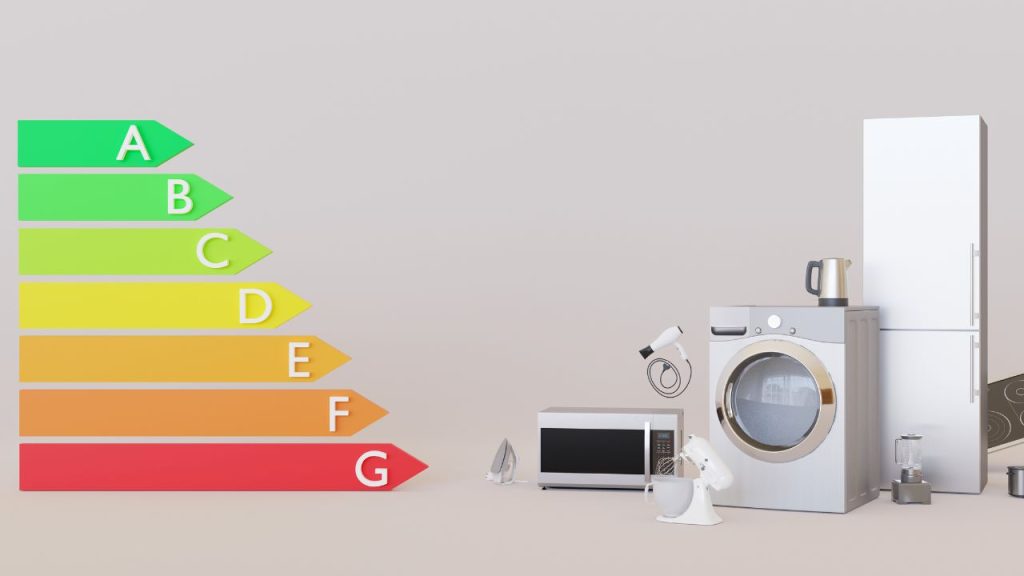
It’s no secret that electricity accounts for a considerable portion of greenhouse gas emissions.
In the US alone, the electric power sector emitted 1.539 million metric tons of carbon. This accounts for 31% of the country’s total energy-related emissions.
Choosing energy-saving appliances is an excellent start at reducing your energy consumption. They’re designed to minimize power usage without compromising functionality.
They also lower your electricity bills, which is a great perk. Invest in appliances with ENERGY STAR ratings, such as refrigerators, washing machines, and dishwashers.
This allows you to help the planet and save money.
2. Install LED Lighting

LED lights consume less electricity and have a longer lifespan, making them a cost-effective and eco-friendly choice.
Replace traditional lighting with energy-efficient LED lights to significantly lower your energy consumption.
Besides having LED lights, observe sustainable best practices. Switch off lights when not using them. Also, consider task lighting.
This means only using specific lights for focused activities like reading or writing instead of lighting the whole room.
3. Maximize the Sun’s Power
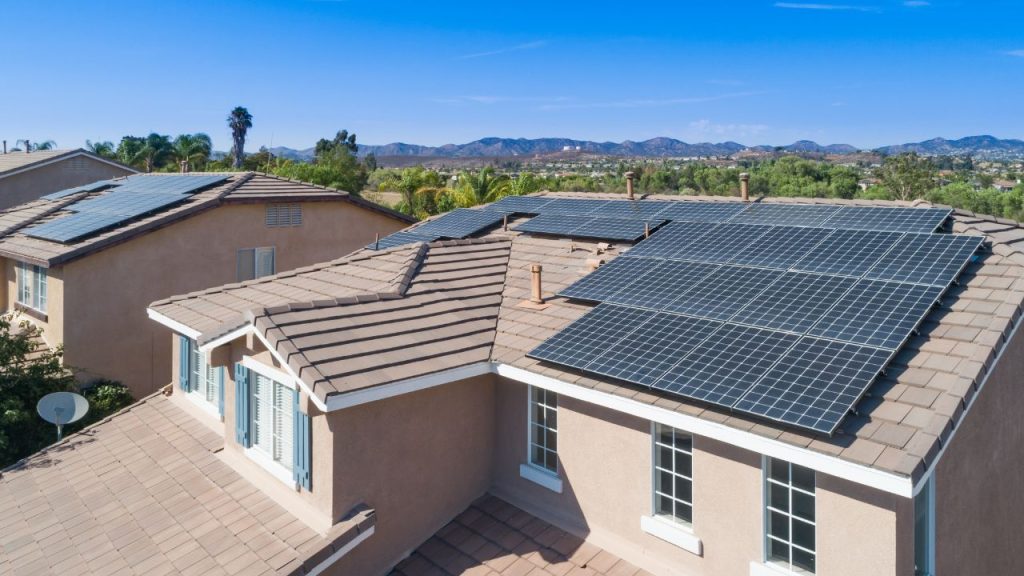
The sun is a key component in a sustainable home. Installing solar power for homes allows you to harness the sun’s energy to generate clean, renewable electricity.
Maximizing the sun’s power decreases your reliance on fossil fuels for electricity, significantly lowering your carbon footprint.
Another way to take advantage of the sun is through passive solar heating.
This involves strategically positioning windows and utilizing thermal mass to capture and store solar heat, minimizing the need for artificial heating.
4. Ensure Proper Insulation
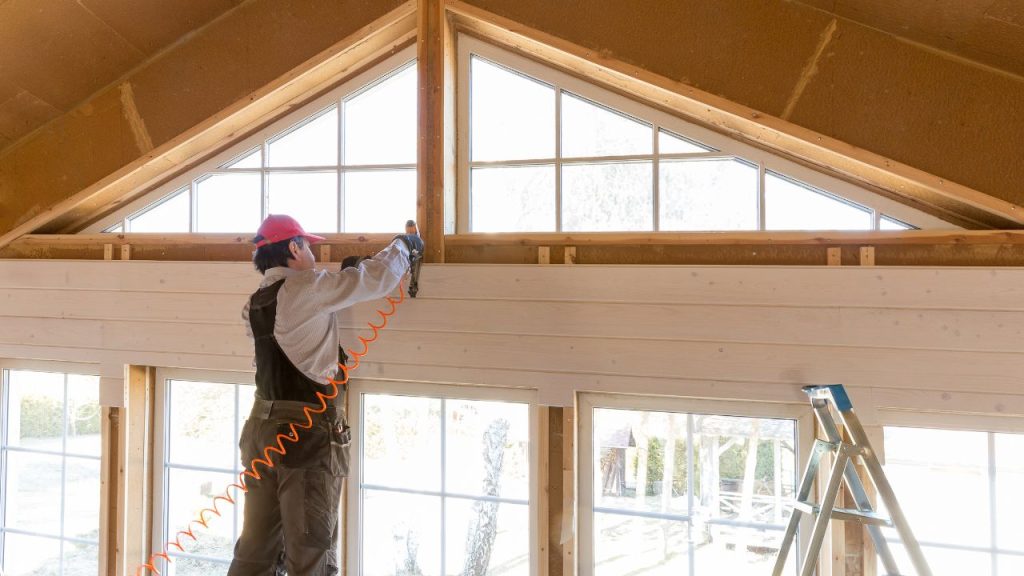
Air leaks prompt your HVAC (heating, ventilation, and air conditioning) system to work overtime.
This means double energy consumption, more fossil fuels, and CO2 released into the environment. Proper insulation prevents this.
Choose naturally insulated materials like wood fiber, hemp, and cellulose. They can absorb moisture during humid conditions and release it when the air is dry.
5. Make Your Windows Energy-Efficient
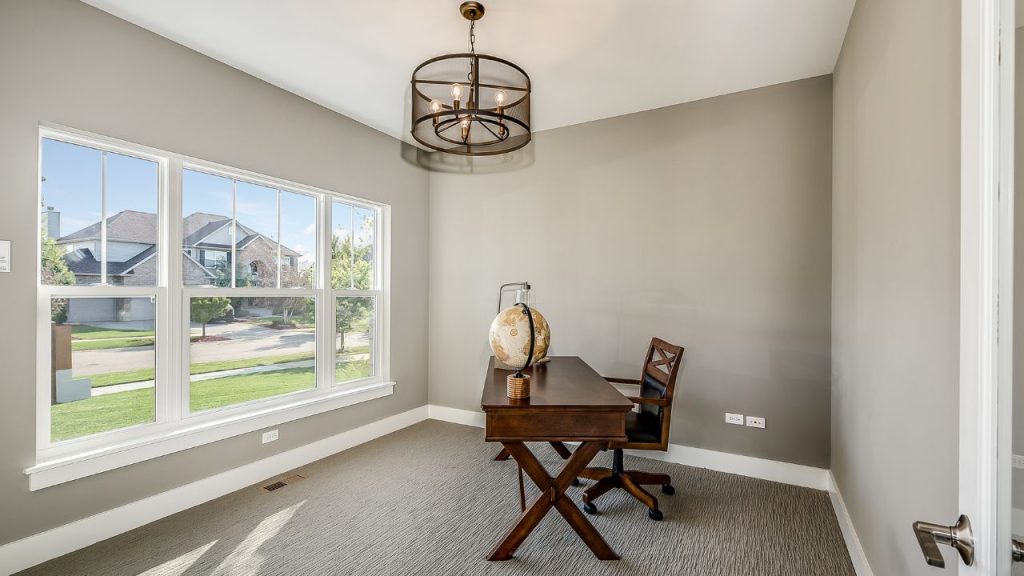
Opt for window frames as they offer better insulation than metal or vinyl.
Consider double glazing (two panes of glass with a layer of gas or vacuum in between) to improve your home’s thermal insulation.
As for curtains, switch blinds for thicker curtains to prevent heat loss during colder seasons. These window tips help indoor temperatures cozy and reduce energy waste.
6. Conserve Water

You use water for every essential task at home: drinking, cooking, cleaning, gardening, taking a bath, and more. It’s only fitting that you take the necessary steps to conserve this precious resource.
It helps minimize the strain on water supplies and reduce energy usage associated with water treatment and distribution.
Here are some tips to conserve water at home:
- Install low-flow showerheads, faucets, and toilets
- Turn off the water when not in use (e.g., while brushing your teeth or scrubbing dishes)
- Water plants during cooler times to keep them from drying faster
- Harvest rainwater for gardening and cleaning, such as car washing your vehicle
7. Reuse and Recycle

The world dumps an unimaginable 2.12 billion tons of waste annually. Any action to curtail this growing number is worth the effort. Recycling and reusing are some of the best ways to do so.
One of the things you can do is buy recycled or refurbished items for your home. This includes furniture, electronics, and even thrift clothing.
For repairs or home projects, explore opportunities to reuse construction or salvage materials from old structures, giving them a new life and lessening the need for new production.
8. Source Materials and Labor Locally
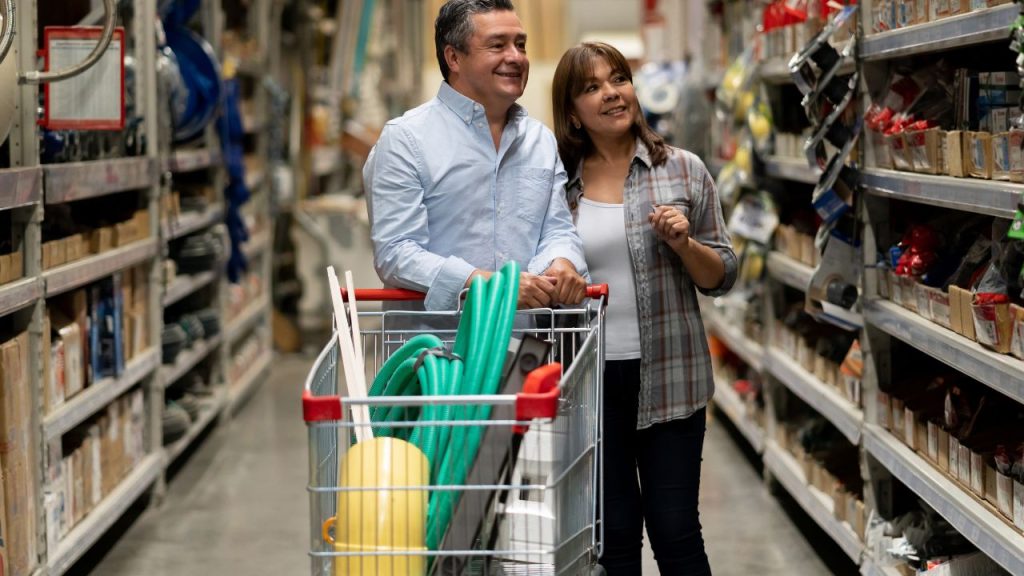
Sourcing materials and labor locally promote sustainability in multiple ways. Tapping local suppliers eliminates long-distance transportation, saving energy and lowering carbon emissions.
It also benefits the local economy as much as it does the environment. Buying from the stores near you keeps you from shipping fees, making it a more cost-effective choice.
Similarly, hiring local labor helps the neighborhood thrive and facilitates easier communication and collaboration.
9. Grow Your Food
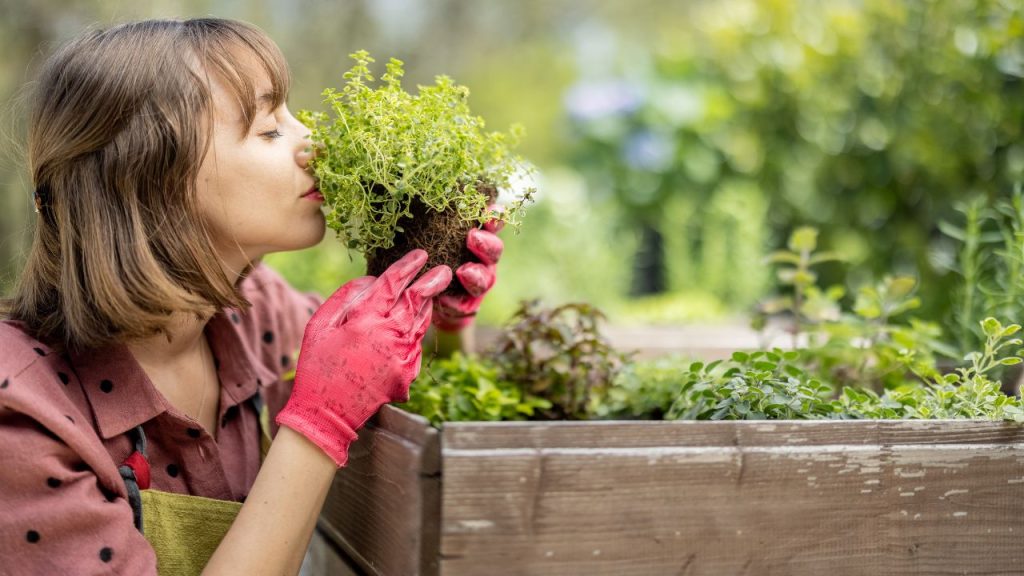
Cultivating your produce is an eco-friendly choice. This reduces the carbon footprint of the production, distribution, packaging, and more foods on grocery shelves.
A garden provides fresh, organic fruits and vegetables at your fingertips. Consider starting a poultry coop to raise your chickens for eggs and meat. Make sure the poultry netting and fencing are sturdy to keep them safe and secure.
Food independence empowers you to be environmentally conscious, cut back on industrial agriculture, and enjoy local, sustainable nourishment.
10. Set Up a Food Waste Compost Pit
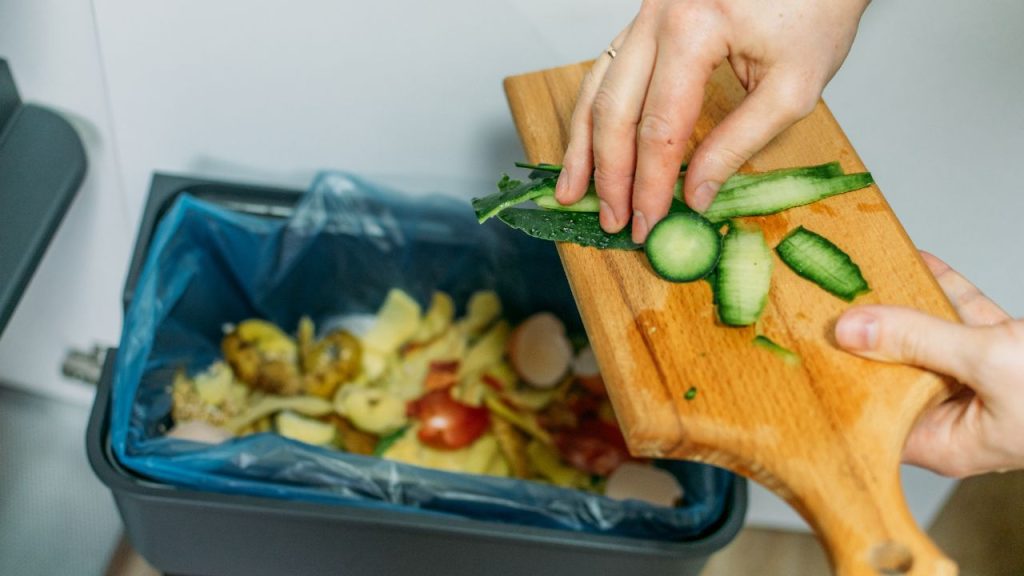
Composting food waste reduces the amount of organic waste in landfills. If you have a garden, this is a valuable resource for you.
It enriches the soil and improves its overall fertility. It also enhances the soil’s water-holding capacity, so you don’t need to water excessively.
Promote Eco Living
What your home looks like says a lot about you and your values. If you’re committed to improving the world, your home will show it.
Enjoy the comfort of your home while impacting the environment positively. From switching to energy-saver appliances to conserving water, each action is a step toward a greener future.
Remember the above ideas to keep your home the best eco-space for you and your loved ones.



